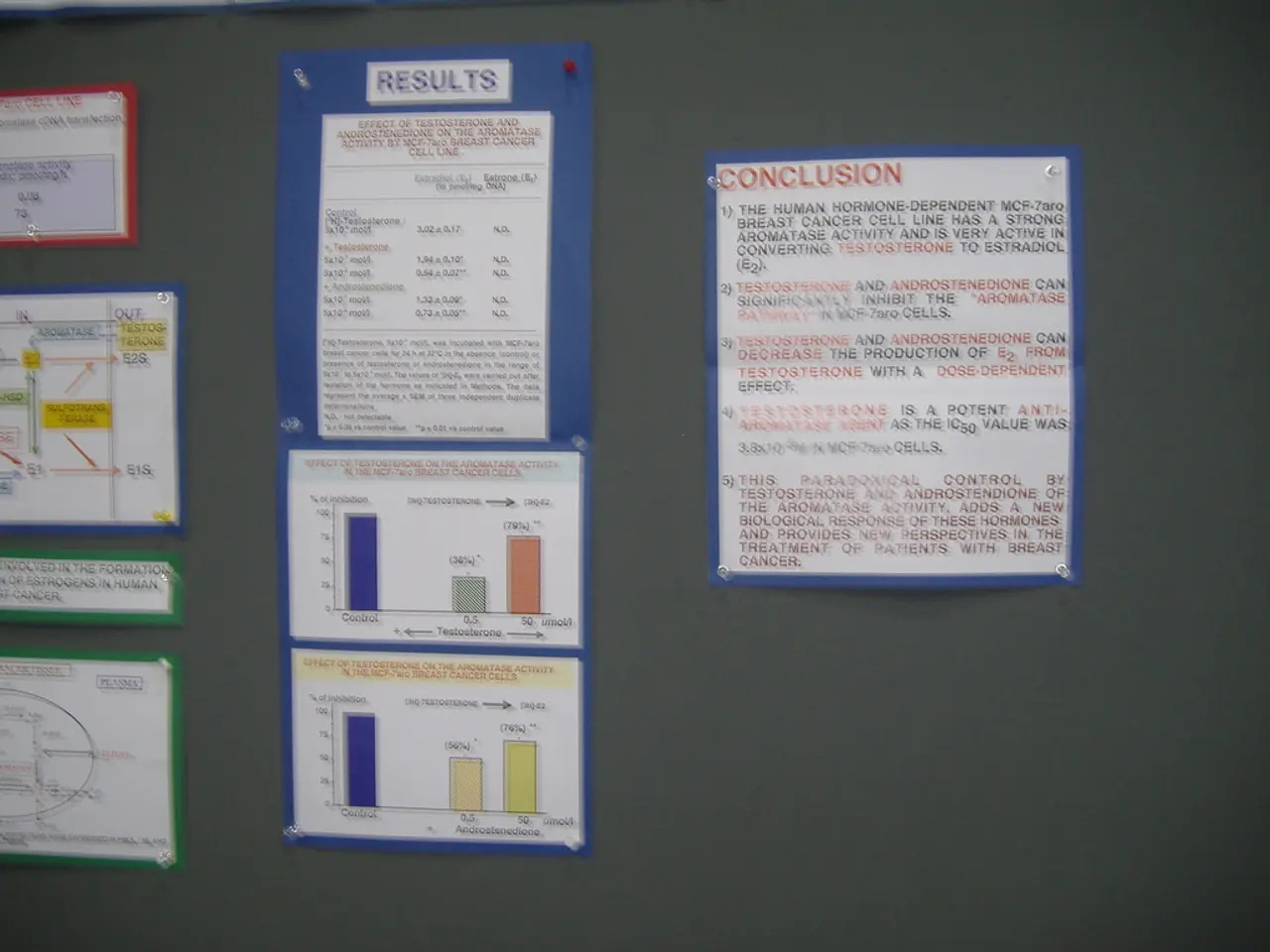Trump alleges manipulation by the Bureau of Labor Statistics, questioning the authenticity of the jobs report process. Here's an explanation of how the jobs report is actually generated.
Article Title: BLS Revises U.S. Jobs Data: A Closer Look at the Methodology
The Bureau of Labor Statistics (BLS), a key player in providing economic data within the United States, recently revised the jobs data for May and June of this year. This article delves into the methods employed by the BLS to collect, process, and report U.S. jobs data.
The Role of the BLS in Jobs Data
The BLS is responsible for producing the monthly Employment Situation report, commonly known as the "jobs report." This comprehensive report includes key measures such as the unemployment rate and the number of new jobs created. In addition to jobs data, the BLS collects and publishes information on wages, earnings, labor force demographics, and productivity. This information informs policymakers, businesses, and the general public, helping to monitor economic conditions.
Methodology for Collecting Jobs Data
The BLS primarily collects jobs data through two main parallel surveys: the Household Survey (Current Population Survey - CPS) and the Establishment Survey (Current Employment Statistics - CES).
The CPS involves interviewing a sample of households nationwide to gather information about employment status and demographic details. This provides data on unemployment rate and labor force participation. On the other hand, the CES collects data from about 650,000 business and government establishments via various means, including telephone, online surveys, automated data transfers, and paper forms. Respondents report monthly employment, hours worked, and earnings based on payroll records for the pay period including the 12th of the month.
Data Processing and Reporting
The BLS economists carefully edit the raw data to detect and correct errors, often contacting businesses if necessary. They apply statistical tests to protect confidentiality and prevent disclosure of individual employer data. The BLS incorporates seasonal adjustment factors and other statistical techniques to extrapolate sample data to national employment estimates.
The initial jobs report is preliminary because data collection happens within a short turnaround (10-16 days), and some responses may be missing initially. The BLS revises these employment figures in subsequent monthly reports as more responses come in and the data is refined. For example, initial responses may be around 68% complete, improving to over 90% in later revisions.
Additional Data Sources
The Quarterly Census of Employment and Wages (QCEW) supplements BLS employment data, using administrative records from state unemployment insurance programs to count employment and wages by industry and geography with over 95% coverage of U.S. jobs. The QCEW data are reviewed and adjusted for errors before publication.
By employing multiple data sources, rigorous editing, and revisions, the BLS aims to provide the most accurate, timely, and comprehensive jobs data possible while maintaining confidentiality and statistical reliability.
It's important to note that larger revisions than the ones the BLS reported over May and June have occurred in the past, including a 679,000-job revision in March 2020 during the pandemic. Revisions are made due to late reporting by respondents and seasonal adjustments.
In August 2024, former President Trump complained about a preliminary annual revision that showed the U.S. economy had added 818,000 fewer jobs over the past year than previously reported. However, it's essential to consider that revisions are a part of the BLS's ongoing commitment to accuracy and reliability in its data reporting.
The BLS, an independently operated body within the US Department of Labor, established in 1884, continues to play a crucial role in providing accurate, objective, and timely economic information to support public and private decision-making.
- The BLS's monthly Employment Situation report, which includes key measures such as the unemployment rate and the number of new jobs created, informs not only policymakers but also businesses and the general public, making it a significant resource for understanding general news and business trends, and influencing policy-and-legislation discussions.
- In August 2024, the BLS's revised employment data revealed an annual decrease of 818,000 jobs, sparking a controversy in the politics and crime-and-justice sphere when former President Trump expressed concerns about the preliminary revision. However, the BLS's revisions are a crucial part of their ongoing commitment to accuracy and reliability in data reporting, being a reflection of their approach to collect, process, and report economic data with utmost diligence and integrity.





